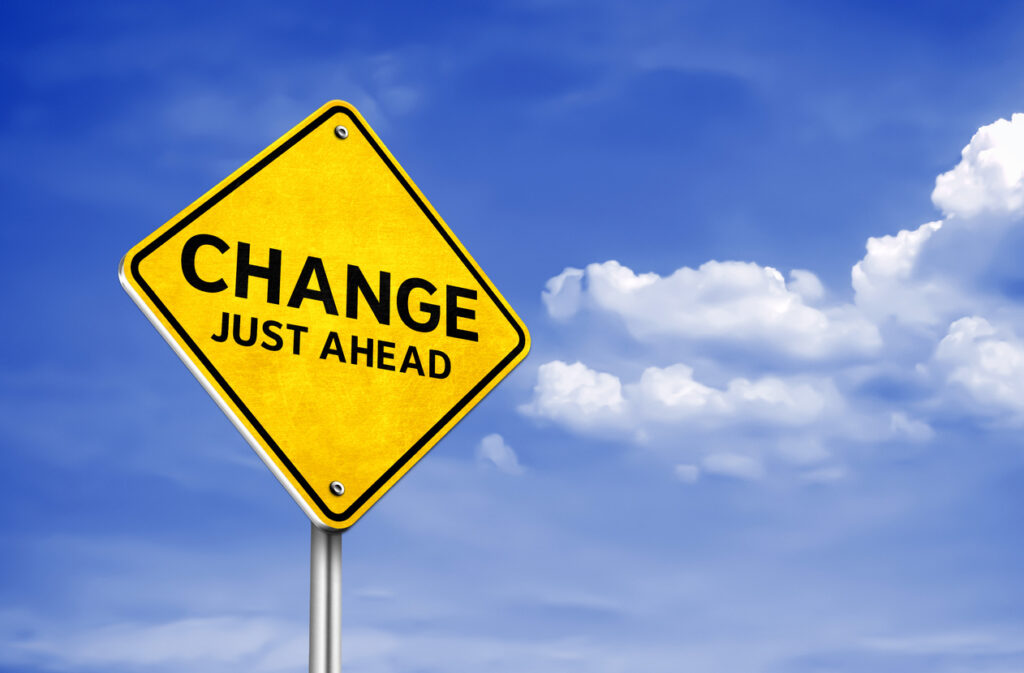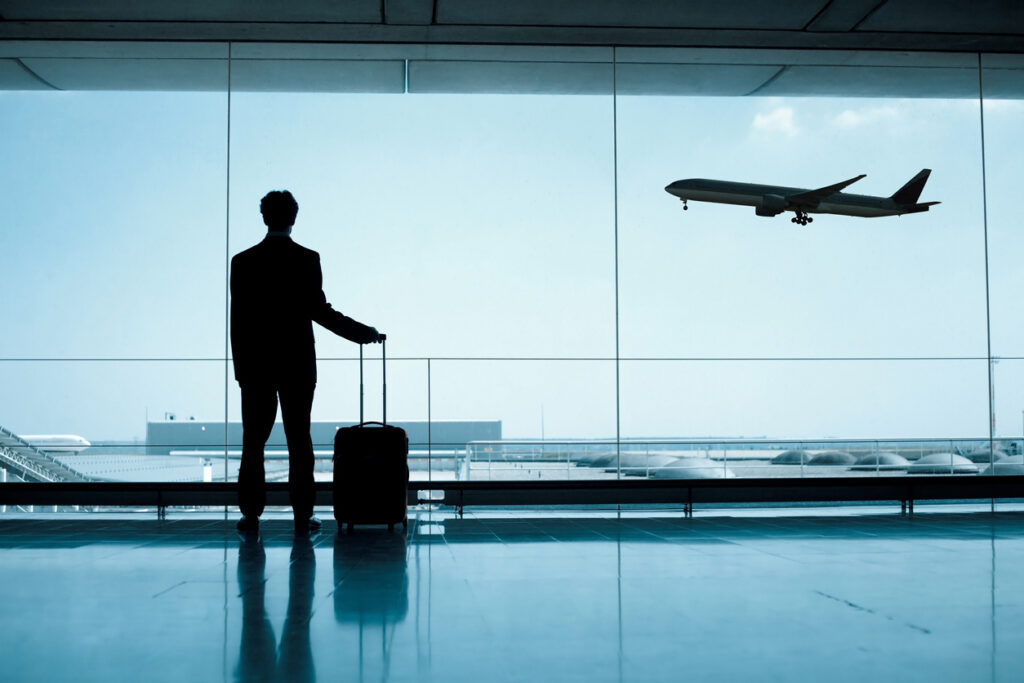
In 2019, I wrote about changes in the workplace during the past 20 years. Little did any of us know two years ago of the dramatic changes ahead of us in 2020. I wrote last November of our new normal of no business travel, remote work policies, and how the pandemic widened the gender inequality gap. Now that we are vaccinated (hopefully), my road warrior colleagues and I are gradually traveling and returning to in-person meetings with our clients. We are heeding the awkward cues of individual preferences for shaking hands, waving, fist bumps, masks, or no masks. Thankfully, the humor in the awkwardness is a nice ice breaker.
As John F. Kennedy said, “There is nothing more uncertain and changing than uncertainty and change.” The permanence of the following pandemic-related workplace changes remains uncertain.

Working remotely
As companies continue to bring employees back to the office, permanent workforce policies are taking shape in various formats: employees who will continue to work full-time from home, hybrid in-office and remote work arrangements, and back to the office full-time. Companies continue to grapple with policies that best support their business, culture, and employees.
A 2021 list of remote working statistic reports:
- 4.3 million people in the U.S. currently work remotely
- 16% of the world’s companies are 100% remote
- 44% of companies do not permit remote work
- 74% of workers say that having the option to work remotely would make them less likely to leave a company
TAG colleague Jean Lenzner recently wrote that many employees working remotely do not want to return to the office, and one-third would look for a new job if they were required to return to the office full-time. While employees will undoubtedly dig in their heels (er slippers) to continue to work from home, many executives are bringing employees back into the office. The Managing Partner of a large Midwest law firm required all of the firm’s attorneys and staff to return to the firm’s offices. He said that his firm’s collaborative, team-oriented culture was bruised by the pandemic and that he considered in-person interaction invaluable to the success and growth of the firm: “we walk the halls, pop in offices when we have thoughts and ideas; the spontaneity and collaboration are not the same when you have to send someone a calendar invite with a Zoom link to talk to them.”

Working nine to five is no longer the way to make a living
Standard office hours may become a thing of the past and, as a recent Robert Half survey reported, nearly 70 percent of professionals who transitioned to remote work because of the pandemic say they now work on the weekends, and 45 percent say they regularly work more hours during the week than they did before. I frequently receive emails from clients and colleagues at all hours who have changed their sleeping and waking hours – some hoot with the owls, and others are soaring with the eagles. I regularly find several emails in my inbox when I get up in the middle of the night and first thing in the morning. The convenience of working from home also makes working convenient at any time. Perhaps it’s a blurring of home and office time, and although I find it essential to be responsive, I try not to respond with an incoherent message while half asleep at three in the morning.

The death of the suit and birth of ‘workleisure.’
When I packed for my first business trip earlier this year, I had to dust off and shine a pair of dress shoes and make sure that my suits still fit – they did, albeit they were snug. At the client’s office, I was overdressed and noted that many in the office were in comfortable casual attire. I would have been better served to take note that popular ‘workleisure’ dress for Zoom meetings is also acceptable in-office attire for many companies. A recent Wall Street Journal article noted that more than two-thirds of American consumers plan to change their wardrobe from pre-pandemic styles as they return to the office to wear more comfortable clothes.

Video killed the radio star and is coming after business travel
As companies adapted to remote working, so did they to virtual meetings and conferences. A Deloitte survey reports that corporate travel is expected to reach 25 to 35 percent of 2019 levels this year but may increase to 65 to 80 percent next year. Although some believe that nothing beats in-person meetings, many companies are eager to reduce their travel expenses, and executives who previously traveled 80 to 100 percent of the time have adjusted to being home more than on the road. My partner John Lamar, who regularly traveled 300,000 miles a year pre-pandemic, is one of those people. He states, “One silver lining of the pandemic is that I realize I can maintain my client relationships by not being on the road four days a week plus I like being at home and the sense of normalcy it offers.”
Those of us in the executive search industry have mostly been strong advocates of in-person client meetings and candidate interviews. With more than a year of quarantine, we too have had to adapt and determine the best way to conduct virtual interviews while achieving the same results our clients expect.
Quite honestly, video meetings are not as effective as in-person meetings, and it is not as easy to form a long-term client relationship by video, but now that our industry has proven it can be done and our clients have a choice—and that is a good thing for everyone. Alex & Red and The Alexander Group will officially return to the office at the first of the year, though some of us are starting to work in the office on a part-time basis. Like many, I have missed seeing my colleagues, many of whom I have worked with for two decades, on a regular basis. I appreciate the routine, comradery, and sense of normalcy our offices offer.